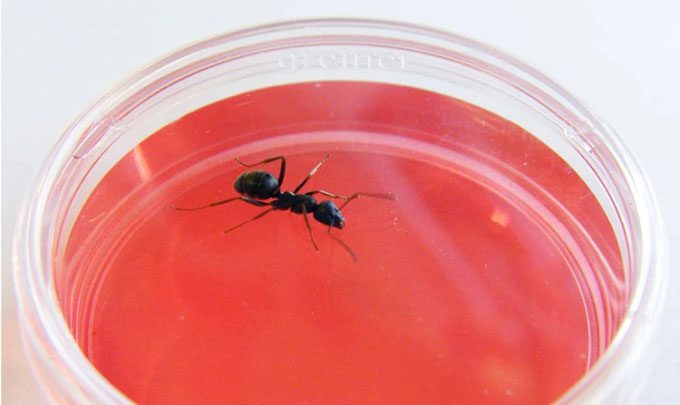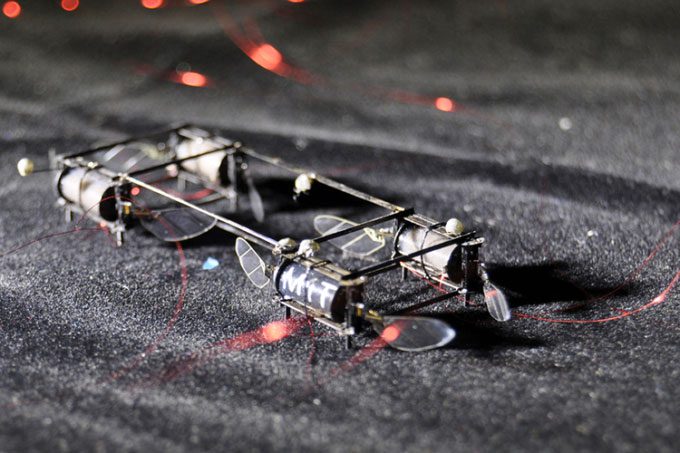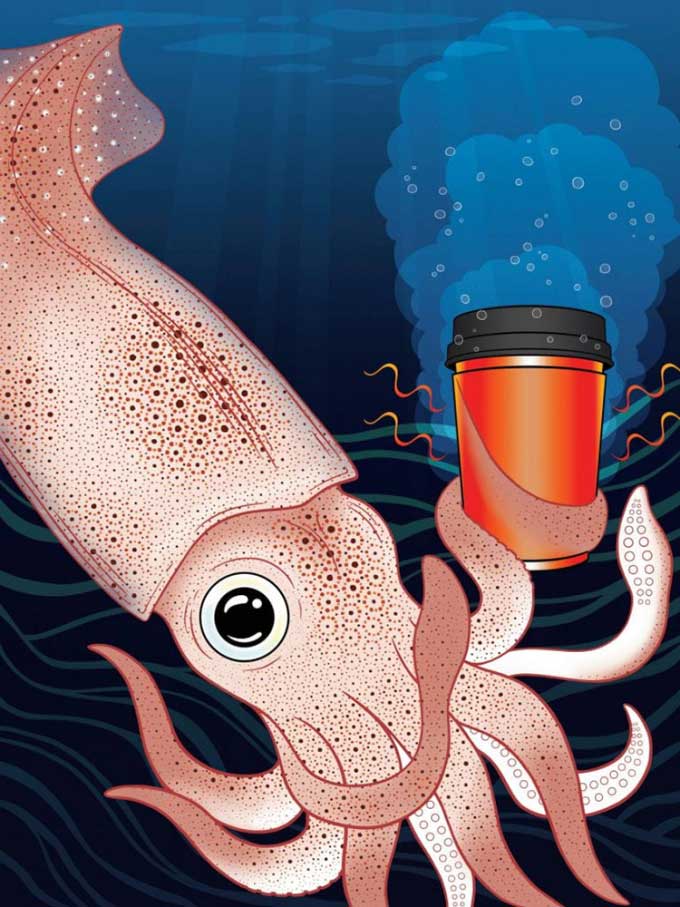Despite the biodiversity crisis, the natural world continues to inspire researchers in unexpected ways.
Top 5 Scientific Applications Inspired by Nature
“Nature has spent hundreds of millions of years optimizing solutions for extremely complex problems. Therefore, by learning from nature, we can shorten our development process.” said Alon Gorodetsky, a biomedical engineer at the University of California, Irvine, in an interview with AFP.
From ants detecting cancer to lubricants made from cow mucus, here is a compilation of notable scientific works inspired by nature in 2022.
Ants Detecting Cancer

Black ants capable of detecting cancer. (Photo: Sorbonne University Paris Nord).
It is estimated that there are about 20 trillion ants in the world, and scientists have discovered a species that can detect cancer in humans.
In a study conducted by Sorbonne University Paris Nord, published in the journal bioRxiv in March, the authors trained black ants (Formica fusca) to smell the difference between the urine of tumor-implanted and non-tumor-implanted mice using sugar water as a reward.
Previously, dogs have also been trained to use their super-sensitive sense of smell to detect cancer, but this is very costly and time-consuming. Ants may provide a cheaper alternative.
Okra Gel for Hemostasis in Hearts
Now, scientists can stop bleeding in the hearts and livers of dogs and rabbits without stitches, using a biodegradable gel made from okra.
Okra is a green vegetable with a slimy texture, which inspired Malcolm Xing from the University of Manitoba in Canada to turn it into a medical adhesive.
In a study published in July in the journal Advanced Healthcare Materials, Xing and colleagues found that refining okra in a juicer and then drying it into a powder creates an effective biological adhesive that quickly forms a physical barrier and starts the clotting process.
The research team plans to test this okra gel on humans in the coming years.
Bioluminescent Robots
Fireflies lighting up the night sky have inspired scientists at the Massachusetts Institute of Technology (MIT) in the U.S. to create tiny robots the size of a bug that can emit light in different colors as they fly.

Bioluminescent robots developed by the Massachusetts Institute of Technology. (Photo: MIT).
The glowing soft actuators enable the robots to communicate with each other, which could be useful for search and rescue missions someday.
So far, these tiny robots can only operate in laboratory environments, but researchers are excited about their potential applications in the future.
Lubricant Made from Cow Mucus
Mucus may evoke feelings of disgust, but laboratory tests show that lubricant made from cow mucus promises to prevent some sexually transmitted diseases.
However, the research published in the journal Advanced Science in September is still in its preliminary stages. It has not been tested on humans and should not replace other forms of protection, such as condoms.
Researchers extracted mucus from the salivary glands of cows and turned it into a gel that binds and restricts viruses. Mucus acts as both a solid and a liquid. It is made up of a type of protein called mucin, which may have antiviral properties.
“As a solid, it can trap bacteria or viruses in the body. As a liquid, it can remove those pathogens from the body,” said Hongji Yan, co-author of the study from the Royal Institute of Technology KTH in Stockholm, Sweden.
Heat-Retaining Material Mimicking Cuttlefish Skin

Cuttlefish inspire the University of California, Irvine to develop heat-retaining material. (Photo: UCI).
According to a study published in March in the journal Nature Sustainability, the peculiar skin of cuttlefish inspired a type of packaging material that can keep coffee and food warm for extended periods.
Cuttlefish have tiny organs called chromatophores that can change size significantly and help them change color.
To mimic these organs, co-author Alon Gorodetsky and colleagues at the University of California, Irvine, developed small metallic structures that can expand and contract. The temperature can then be controlled by the extent to which this material is stretched.
“If you wrap it around a warm object – for example, a cup of coffee or a hot sandwich – you can control how quickly it cools down,” Gorodetsky said. “Nature truly is a great source of inspiration for engineering and innovative initiatives.”


















































